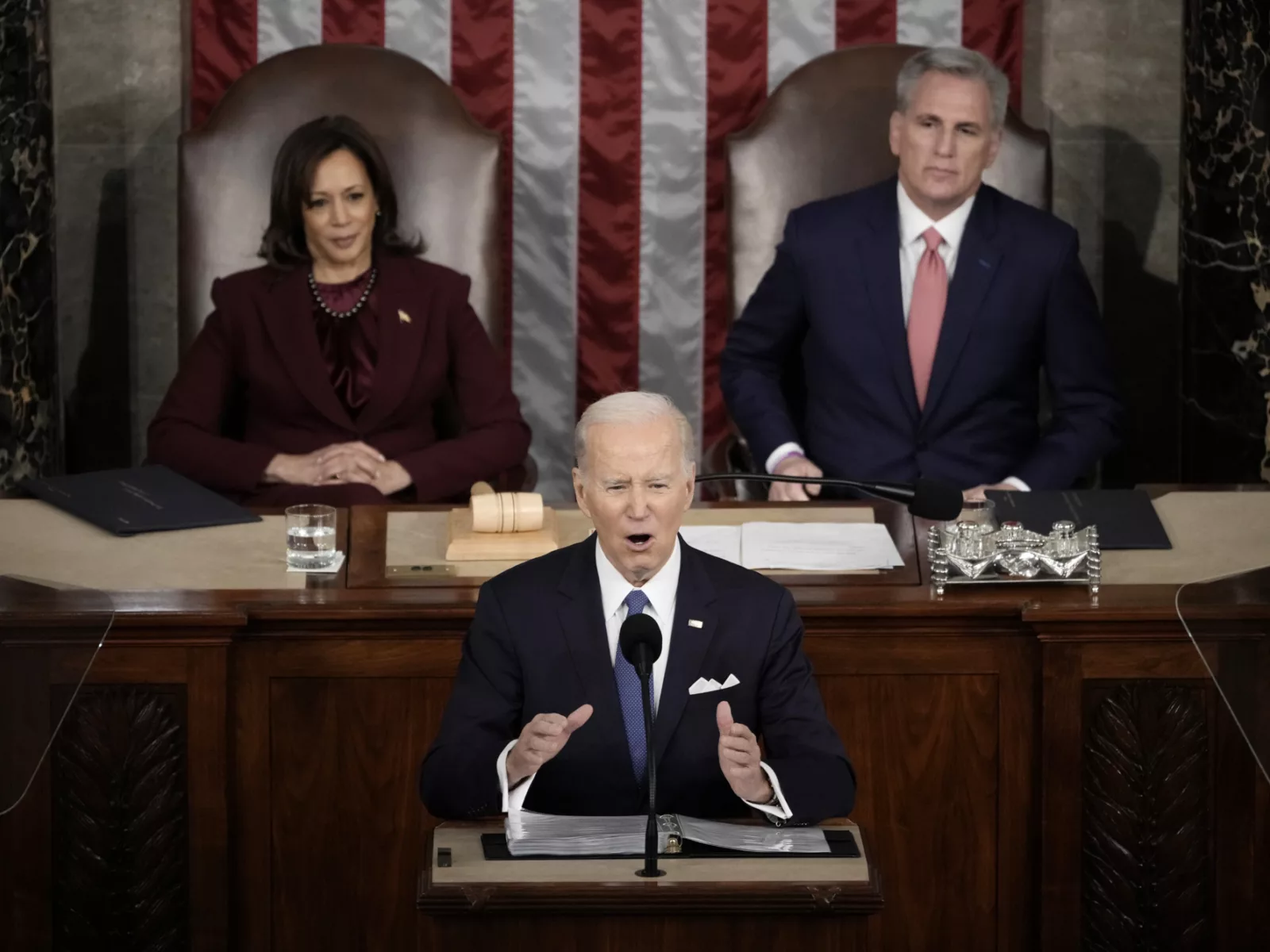After missing his self-imposed Aug. 24 deadline and engaging in some back and forth with the pharmaceutical industry, President Trump finally released his “most favored nation” executive order that aims to lower drug prices by linking them to the lower prices paid in other developed nations.
The executive order described in July directed the U.S. Department of Health and Human Services (HHS) to revive and revise rulemaking for a proposal first introduced in October 2018 known as the International Pricing Index (IPI) Model. This proposal uses international reference pricing based on prices paid in 14 countries as a benchmark for the reimbursement of physician-administered drugs under Medicare Part B.
Instead of publishing this executive order in July, President Trump invited drug makers to come up with an alternative and set a deadline of Aug. 24 for them to respond. It was widely reported that the pharmaceutical industry strongly objected to the “most favored nation” policy and presented counteroffers to the White House, which were rejected.
The new executive action directs HHS to expand the proposed international reference pricing policy to both Medicare Part B and Part D. However, the White House faces several challenges in implementing the policies.
Let’s take a closer look at the announcement to explain the policy, how it would work, and whether it is likely to lower drug prices.
Executive Order on Lowering Drug Prices by Putting America First, aka the new “most favored nation” rule
Part B Version
- What it is: The executive order directs the directs the Department of Health and Human Services (HHS) to revive and revise rulemaking for a proposal first introduced in October 2018 known as the International Pricing Index (IPI) Model, with some notable changes.
- What it does: The policy would replace the proposed international pricing index based on 14 countries pricing to one that uses the lowest price paid in one Organisation for Economic Co-operation and Development (OECD) country for the drug – or the most favored nation. Currently, Medicare Part B reimburses providers the average sales price paid in the U.S. commercial market plus an administration add-on fee.
- Would it lower drug prices? If successfully implemented, yes, but not enough details are available at this time to evaluate the policy’s impact. Depending on how the proposal is designed, it may lower drug prices for certain drugs in Medicare Part B and reduce federal spending. In 2017, Medicare and beneficiary spending for Part B drugs totaled $32 billion. The originally proposed IPI Model may have generated $17.2 billion in savings for taxpayers. This new policy would likely generate larger savings than the original proposal because it would be linked to the lowest prices potentially among the 37 OECD countries.
- What’s the catch? This executive order has no immediate impact. The order directs the HHS Secretary to “take appropriate steps to implement his rulemaking plan to test a payment model.” In waiting for the rulemaking to commence, we hope several unanswered questions will be addressed, such as how the reference countries will be chosen, which drugs will be included in the model, and whether the model will reduce payment to providers who purchased the drugs or attempt to extract money from directly from drug makers.
Part D Version
- What it is: The executive order also expanded the use of the most favored nation policy by contemplating a Part D payment model as well. The order directs HHS to use the Innovation Center authority to design and test a payment model for Part D drugs without competition.
- What it does: Under current law, HHS is prohibited from interfering in pricing negotiations between drug makers and Part D plans. This executive order intends to change that by using Innovation Center authority to potentially waive the “non-interference” clause in Part D to allow international referencing pricing for drugs without competition when the prices in Part D are above those in OECD countries.
- Would it lower drug prices? If successfully implemented, yes, but there are not enough details available at this time to evaluate the policy’s impact. Depending on how the proposal is designed, it may lower drug prices for certain drugs in Medicare Part D and reduce federal spending, but it is unlikely to provide relief to the commercial market. The proposal is similar to a key aspect of the Medicare negotiation program introduced and passed in the House, but has not been considered in the Senate. The Elijah E. Cummings Lower Drug Costs Now Act (H.R. 3) would establish a program for the government to negotiate the prices of a select number of high-cost drugs without competition that would result in a price no more than 120% of the prices paid on average in Australia, Canada, France, Germany, Japan, and the United Kingdom for Medicare and commercial payers. H.R. 3’s Medicare negotiation with an international price upper limit would save Medicare billions and lower premiums for privately insured patients. Medicare Part D accounts for 30% ($101 billion) of total net U.S. spending for retail prescription drugs, and the commercial market accounts for 42% ($140 billion). If implemented with a broader list of drugs and benchmarked to lower prices from OECD countries, the Part D model could generate more savings than H.R. 3 for Medicare, but no savings for the commercial market. It seems strange to test this model through executive action when a bill already exists that has worked through many of the operational considerations is expanded to benefit a larger number of Americans, and could be adapted to achieve the President’s goal through bipartisanship.
- What’s the catch? This executive action may never move forward. Much like the Part B version, it will be subject to rulemaking and a change in policy this comprehensive will have a lot of operational considerations, such as how would the most favored nation price would be incorporated into Part D plan bids, what drugs would be subject to the payment model, whether beneficiaries pay cost-sharing based on the international price, and whether HHS would interact directly with the manufacturers or the policy would be implemented through the Part D plans.
We will have to wait for proposed rules to see if these announcements come to fruition or remain just another announcement from the Administration promising lower drug prices. The process is likely to take months, and court challenges should be expected.
President Trump continues to focus on Medicare, and none of the executive orders have taken steps to address prices paid by commercial insurers and the uninsured. While these proposals are moving in the right direction toward drug pricing reform, an approach that reduces launch prices and price increases for both public and private payers is necessary to make drugs affordable for patients, employers, and taxpayers.

















